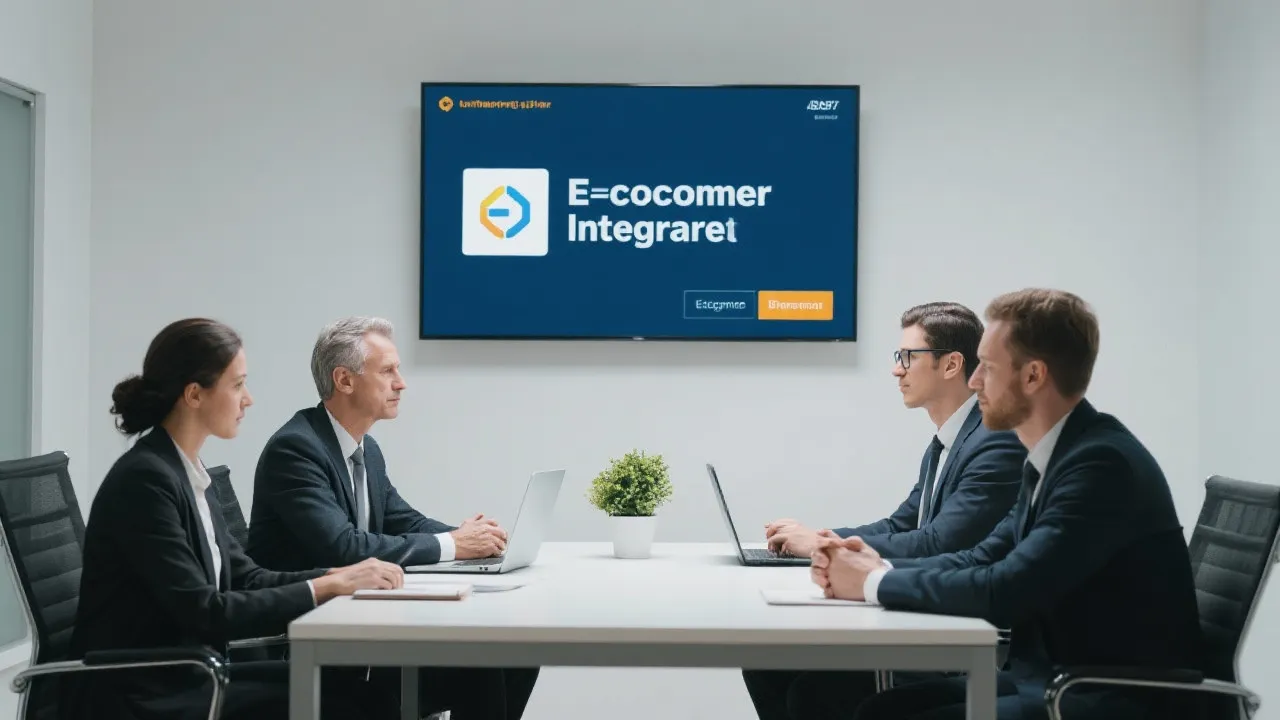Living with PTSD and trauma can be challenging, but support and coping strategies can make a significant difference in your healing process.

Understanding PTSD and Trauma
Post-Traumatic Stress Disorder (PTSD) is a mental health condition triggered by experiencing or witnessing a traumatic event. Traumatic events can vary widely, including accidents, natural disasters, military combat, or personal assaults. Symptoms might include nightmares, flashbacks, severe anxiety, and uncontrollable thoughts about the event. Recognizing these symptoms is the first step towards seeking necessary help.
Identifying Signs of PTSD and Trauma
Being aware of the signs is crucial. Symptoms can manifest physically and emotionally, impacting daily functioning. Common signs include:
Re-Experiencing Symptoms:
- Flashbacks
- Bad dreams
- Frightening thoughts
Avoidance Symptoms:
- Staying away from places, events, or objects that are reminders of the experience
- Feeling emotionally numb
- Strong guilt, depression, or worry
Arousal and Reactivity Symptoms:
- Being easily startled
- Feeling tense or "on edge"
- Difficulty sleeping
Cognition and Mood Symptoms:
- Trouble remembering key features of the traumatic event
- Negative thoughts about oneself or the world
- Distorted feelings like guilt or blame
Steps to Support Someone with PTSD and Trauma
Offering support to someone with PTSD requires sensitivity and understanding. Below are effective ways to provide your support:
Educate Yourself:
Understanding PTSD and its impact can enhance your ability to offer meaningful support. Read articles, participate in support groups, and consult mental health professionals.Listen Actively:
Create a safe space for your loved one to share their thoughts and feelings without judgment. Active listening includes being present, making eye contact, and not interrupting.Be Patient:
Recovery from PTSD is a gradual process. Be patient and avoid rushing or pressuring your loved one to ‘get over it.’Encourage Professional Help:
Suggesting therapy and counseling can be beneficial. Offer to help with finding a therapist or making appointments. Treatment options could include Cognitive Behavioral Therapy (CBT), Eye Movement Desensitization and Reprocessing (EMDR), or medication.Practice Self-care:
Supporting someone with PTSD can be emotionally taxing. Ensure you also take care of your emotional and physical well-being, setting boundaries when necessary.Coping Strategies for Individuals with PTSD and Trauma
Finding ways to manage symptoms is essential for those dealing with PTSD and trauma. Here are some effective coping strategies:
Grounding Techniques:
Grounding exercises can help you stay connected to the present moment. This could be as simple as focusing on your breath, naming objects in the room, or holding a textured object.Regular Physical Activity:
Exercise is known to reduce stress and improve mood. Activities like walking, running, or yoga can be highly therapeutic.Maintain a Routine:
Structured daily schedules can provide a sense of normalcy and stability, which is beneficial for managing PTSD symptoms.Mindfulness and Meditation:
Mindfulness practices like meditation can help reduce stress and improve emotional regulation. Apps and online classes can guide you through the process.Healthy Diet:
Nutrition plays a crucial role in mental health. Eating a balanced diet with plenty of vegetables, fruits, lean proteins, and whole grains helps support overall well-being.Connect with Others:
Isolation can worsen PTSD symptoms. Surround yourself with supportive friends or join a support group where you can share experiences and coping strategies.Professional Help for PTSD and Trauma
Several professional treatments have shown effectiveness in managing PTSD:
Cognitive Behavioral Therapy (CBT):
CBT helps in understanding and changing thought patterns that lead to harmful behaviors and feelings.Exposure Therapy:
This helps individuals safely face their fears and trauma in a controlled environment.Eye Movement Desensitization and Reprocessing (EMDR):
EMDR involves guided eye movements to process and integrate traumatic memories.Medications:
Antidepressants and anti-anxiety medications can be prescribed to manage symptoms.Group Therapy:
Being part of a group helps individuals feel less isolated and provides opportunities to learn from others facing similar challenges.Building a Support Network
Creating a robust support network is crucial for managing PTSD:
Family and Friends:
Let those close to you know how they can support you. Open communication about your needs can help them understand and assist you better.Support Groups:
Support groups offer a platform to express feelings and experiences, providing a sense of belonging and validation.Hotlines and Crisis Centers:
In moments of intense distress, hotlines can provide immediate emotional support and resources.Conclusion
Navigating PTSD and trauma requires compassion, patience, and a structured approach to healing. By understanding the condition, actively supporting those affected, and utilizing effective coping strategies, you can foster a path towards recovery and peace.
Remember, reaching out for professional help is a courageous and necessary step in managing PTSD and trauma. You deserve support and understanding on your journey to healing.









